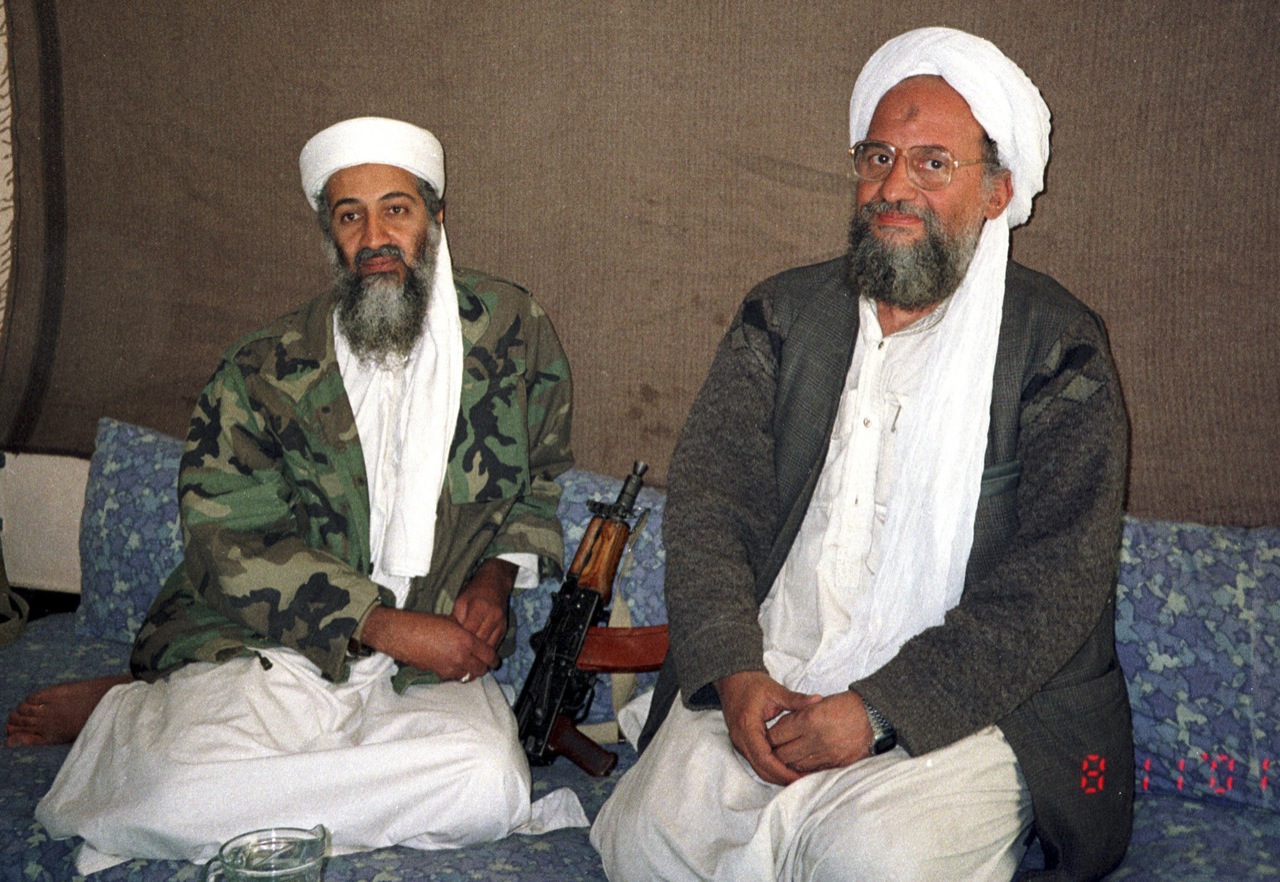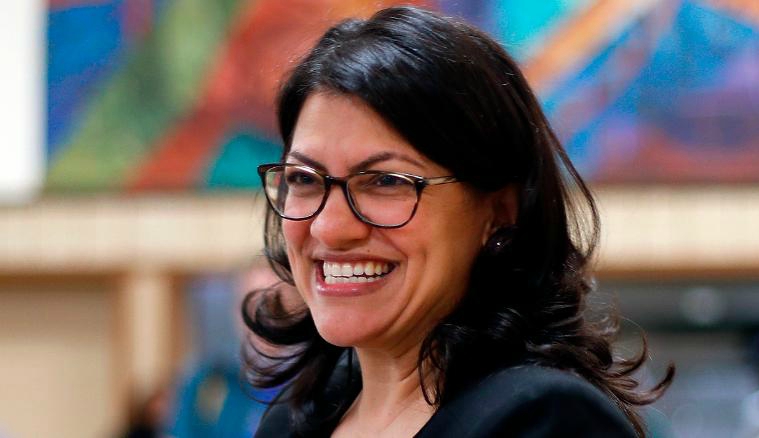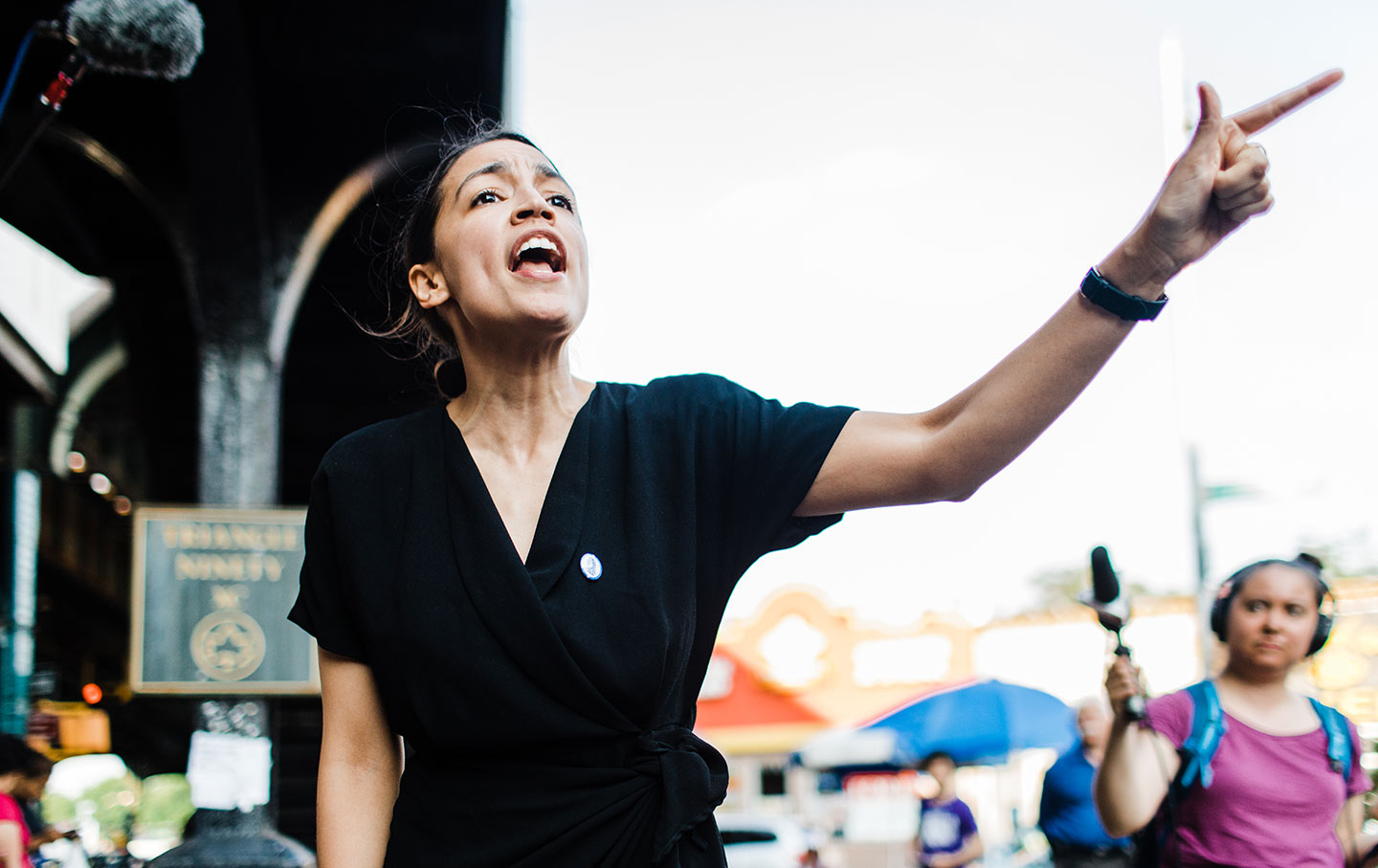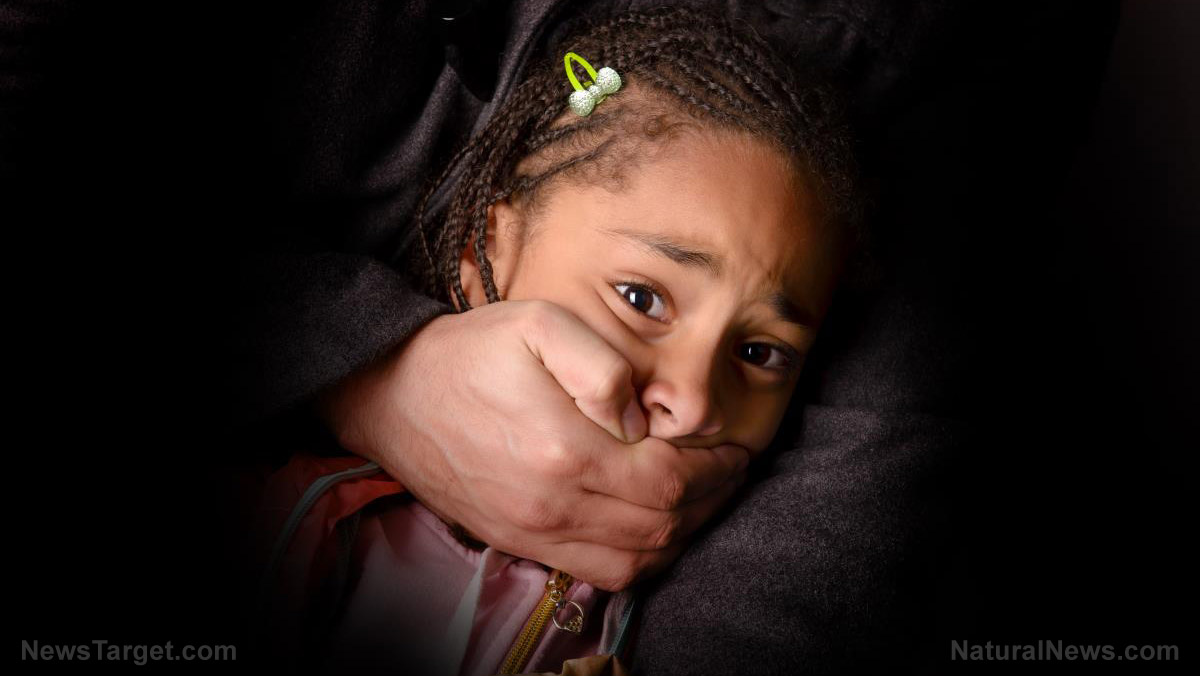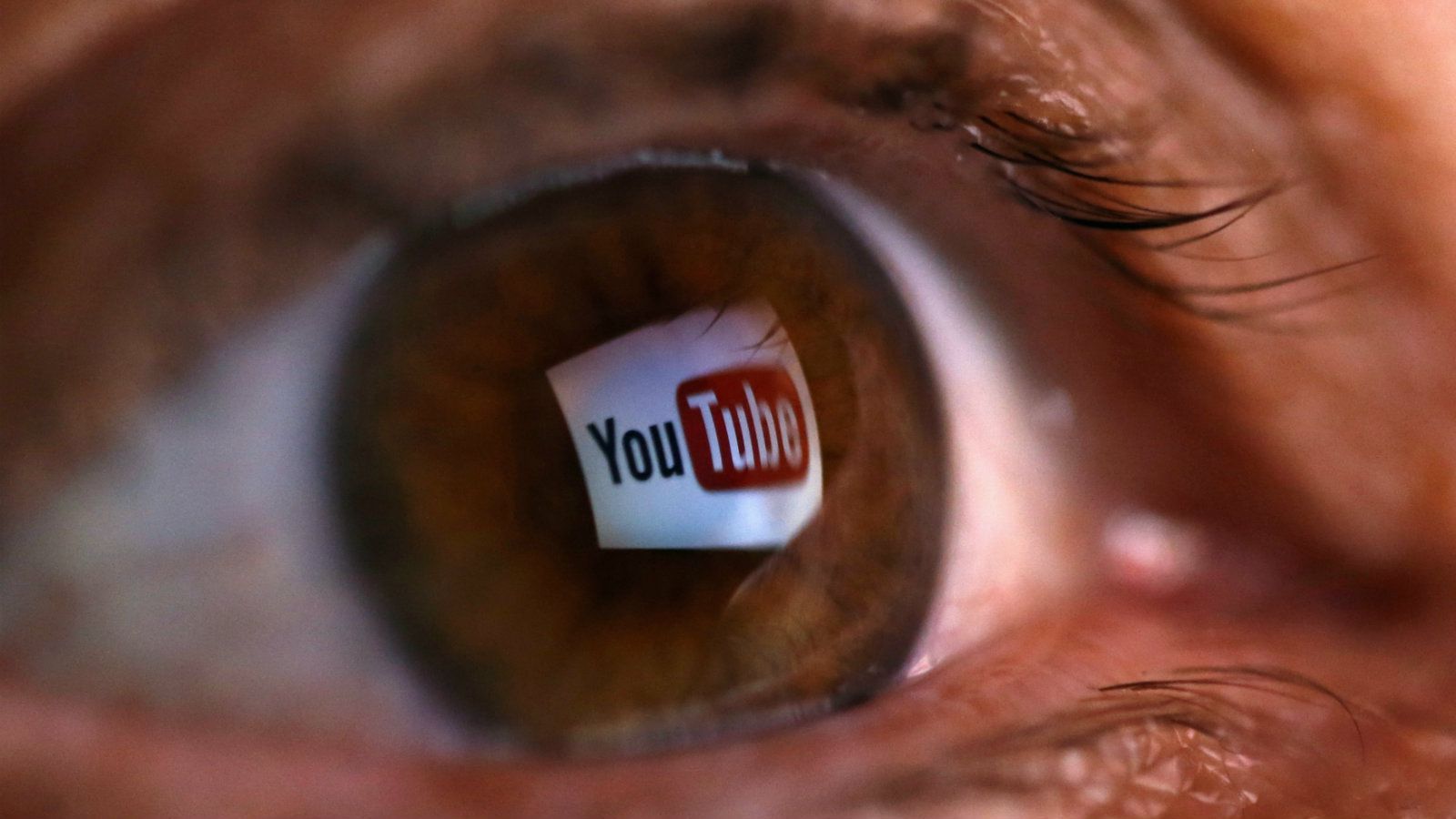
In conjunction with Google's $300 million narrative-controlling "Google News Initiative," YouTube has decided to apportion $25 million in grant money that it will give to "credible" news organizations looking to expand their video operations online.
Recognizing that ordinary people are currently free to publish any content on YouTube that they wish, including "conspiracy" videos that challenge mainstream news, YouTube hopes to crack down on this free flow of information by reinventing the way that video content appears in people's YouTube accounts.
In the coming weeks, YouTube users will begin to notice special "information panels" popping up above videos that pertain to "developing stories." Video content related to major false flag events like the Parkland shooting in Florida, for instance, will reportedly be accompanied by official, YouTube-approved messaging about what "really" happened.
YouTube also plans to move to the front of the line video content from "verified" accounts, so as to flood viewers with the official narrative on a given topic. Videos that challenge the official narrative will consequently be moved down the priority list, effectively hiding their "questionable" content from viewers.
"YouTube is also expanding a feature, currently available in 17 countries, that shows up on the homepage during breaking news events," explains a Wired.com report about the changes. "This section of the homepage will only surface videos from sources YouTube considers authoritative. The same goes for the videos that YouTube recommends viewers watch next."
Censorship is YouTube's public duty and responsibility, says company executive
Another change involves YouTube's partnership with fake news giant Wikipedia, information from which will soon be embedded into information panels tacked on to videos that "tend to be accompanied by misinformation," to quote the words of YouTube chief product officer Neal Mohan.
Citing as one example videos that question the crisis actor status of the Parkland shooting "victims," the Wired.com report explains that YouTube will attach to such videos a disclaimer, of sorts, that points back to Wikipedia for "real" and "honest" information about the subjects.
Is it blatant censorship of alternative opinions and views on the part of YouTube? Not according to Mohan, who insists that such changes are necessary in order to prevent the spreading of "falsehoods," as well as to live up to its "responsibility to the public."
"There are going to be counter points of view, and there's going to be [videos] where people who have a conspiratorial opinion are going to express them," Mohan recently told the media.
"What I think we can do is, instead of telling users what to think, give them as much information as possible, so that they can make those decisions themselves," he added.
But what if YouTube users prefer to receive video content from "unofficial" sources that present alternative points of view than the ones YouTube wants people to believe? Well, they'll just have to make a more concerted effort to dig up what they want from amid the propaganda pool of content that YouTube plans to force upon its viewers' newsfeeds.
It's a big reason why we launched the Brighteon.com platform as an uncensored, non-corporate alternative to YouTube.
As for YouTube, the company is fooling itself if it thinks that users are going to simply switch to the "approved" news channels that YouTube plans to throw millions of dollars and favorable algorithms at, hoping they'll succeed. The public isn't stupid, despite what these technocrats might think, and millions of awakened Americans aren't going to just roll over and "play dead," so to speak.
Sources for this article include:
Please contact us for more information.
















